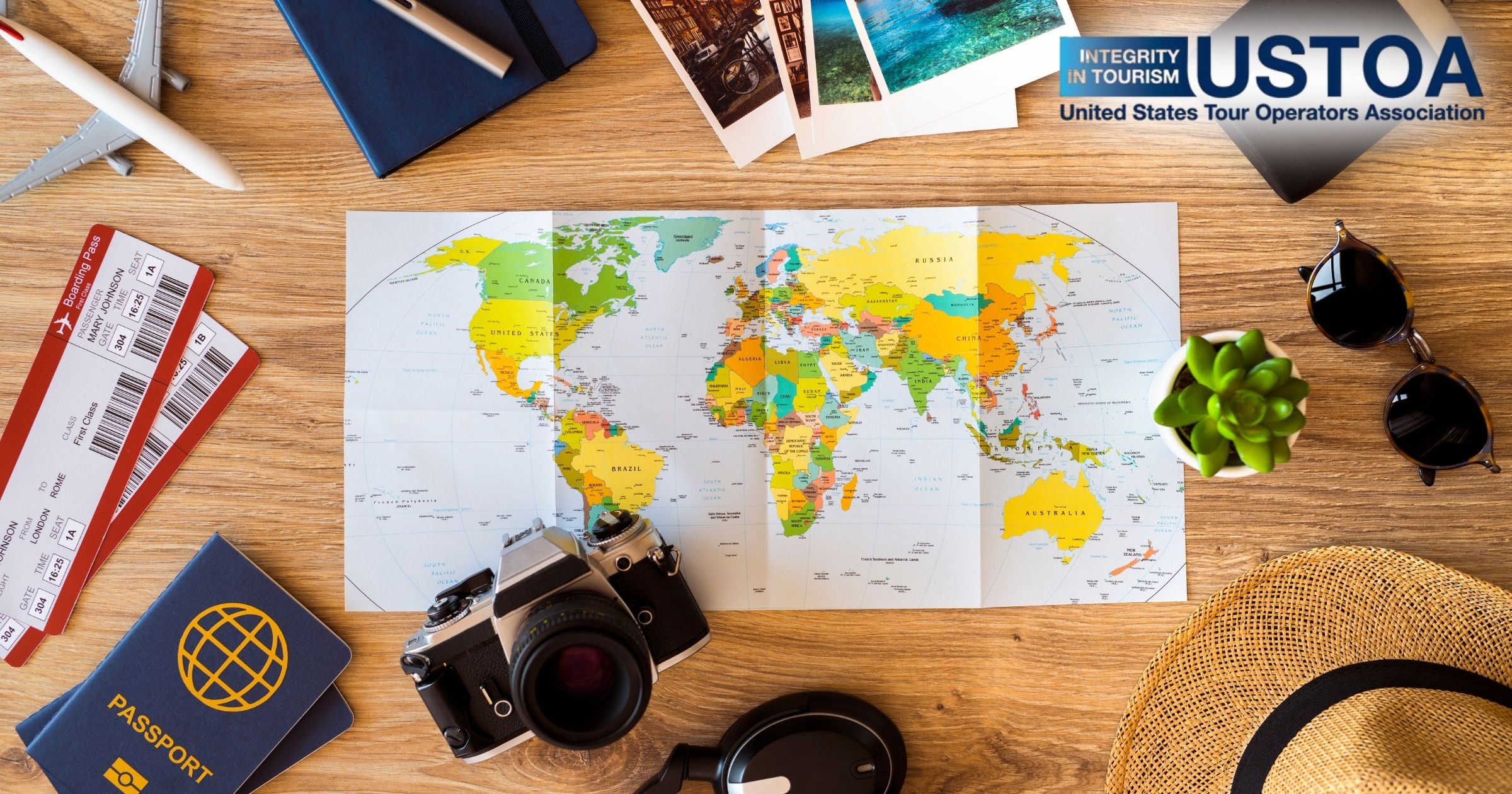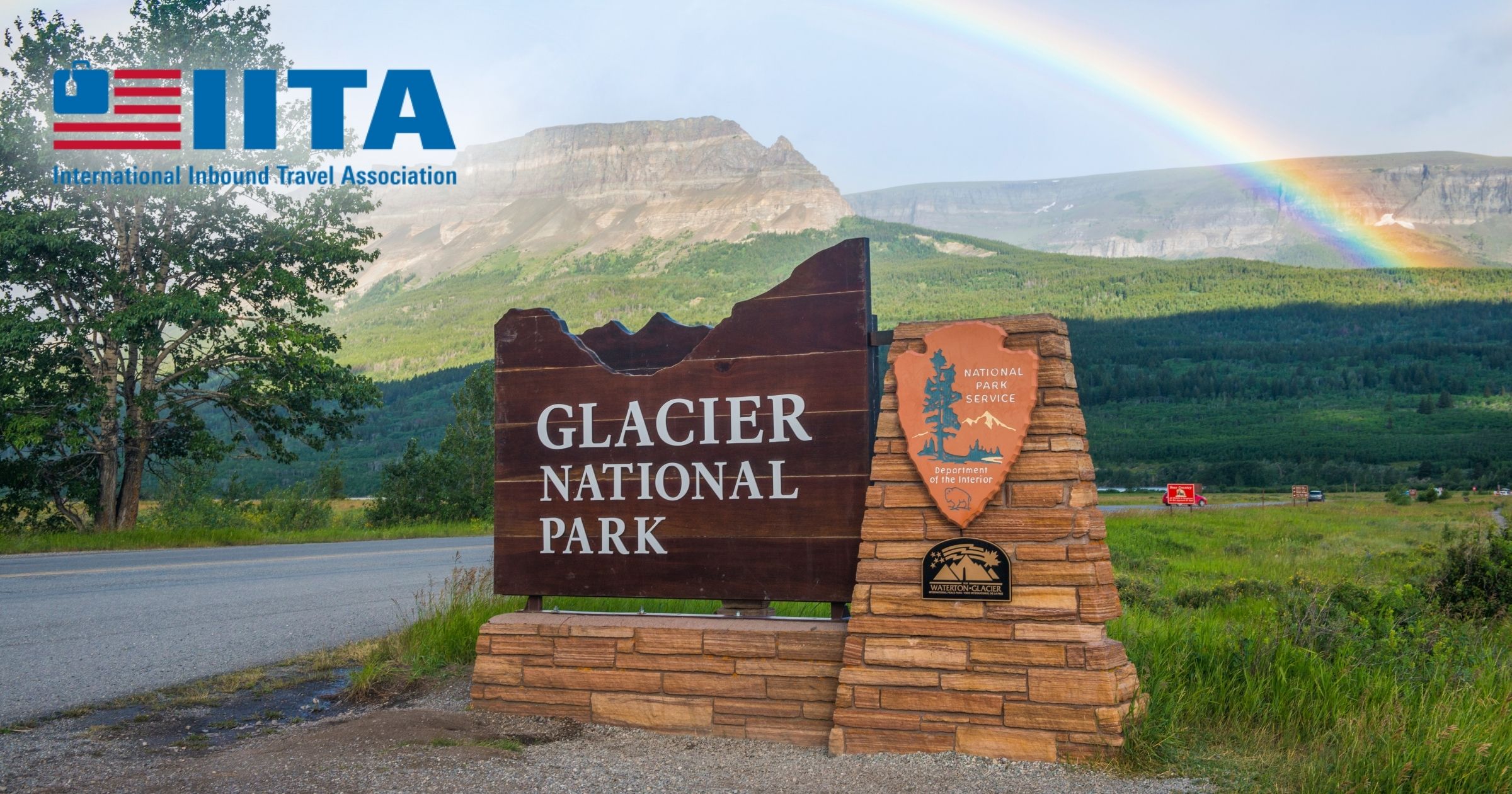What Workforce Data Tells Us About Travel
The devastating and long-lasting impacts the COVID-19 pandemic has had on the American workforce is painfully evident, on display for all to see in every corner of the country. Hit especially hard has been the leisure and hospitality industry (a.k.a. all of us reading this).
So, what does the future of the American workforce look like moving forward? What can the current data tell us? To delve into this topic a bit further, we explored a newly released report from the U.S. Travel Association, which examines the current state of the American workforce and its effect on the travel industry.
According to the report, direct travel jobs accounted for a disproportionate 35% of jobs lost and total travel supported jobs accounted for a staggering 65% of all jobs lost in 2020. Today, one in 12 leisure and hospitality jobs remain lost, with 1.8 million out of the 11 million job openings in the U.S. belonging within the industry.
Data from the report makes apparent that job openings outpace the available workers in the leisure and hospitality industry and additional workforce sectors. Many are left asking, "Why?" Well, outside of the obvious, there's been a workforce shakeup. The report states that four in 10 Americans who work full-time have experienced some sort of shift in employment during the pandemic, with six out of 10 workforce exits since the pandemic began being from women. Findings also show that of the five million Americans who left the workforce, more than 3 million of them were early retirees—a number that's doubled since 2019.
What about those wondering why there's still a worker shortage? The report found several reasons for the current shortage, including those encountering challenges with affordable childcare, a skills gap, and challenges with international visas for temporary workers. There were also those who actively decided not to return to the workforce at all. According to the report, "COVID clarity" was another reason cited for career changes, with one-third of Americans leaving their current job for something different entirely.
When it comes specifically to the travel industry, the report's findings show that Americans who have previously worked in the travel industry and decided to change jobs disproportionately switched to a different industry.
Overall, the report claims that while many Americans have positive perceptions of careers in travel and tourism, there remains a perception problem: Employment considerations that are highly valued in today's job market—stability, attractive wages, work/life balance, etc.—land at the bottom of the perceptions associated with a career in travel. Shockingly, the report found that more than half of U.S. hospitality workers would not go back to their previous jobs for any reason.
Clearly, as we recover as an industry, it's not enough to simply go back to the way things were. It's time to adapt, evolve and overcome to meet the needs of today's workforce.
The good news? Four in 10 U.S. workers are actively looking for new employment or plan to soon. But to attract the right candidates to the industry, there's work to be done, including offering flexibility, stability and a healthy work/life balance. At the conclusion of the report, recommendations were made for industry recovery:
1. Highlight the unique benefits and value of travel employment.
This means demonstrating that travel careers are accessible, flexible, diverse, provide training and foster entrepreneurship.
2. Promote diverse, equitable and inclusive travel career opportunities.
This can be accomplished through embracing diversity, new values, mindsets and workforce expectations. Ensure DEI is centered and is at the core of your organization and hiring strategy.
3. Expand horizons.
Looking beyond the travel and tourism industry for potential candidates and redefine what it means to be flexible. Understand the needs of the emerging workforce and improve access to international workers.
Written by Sarah Suydam, Managing Editor for Groups Today.



